When Alnis Stakle first took up photography, he was faced with a rigid conception of what it could and couldn’t be. In Latvia in the 1990s, photography was largely considered a commercial craft, he says, with any more artistic ambitions restricted to banal nudes and sunsets. But for Stakle, photography is “a kind of religion” that has the power to change our relationship to the world.
“Photography is a wonderful medium that makes me look at mundane things and events from another perspective, and enables me to grasp the essential in the meaningless,” he explains.
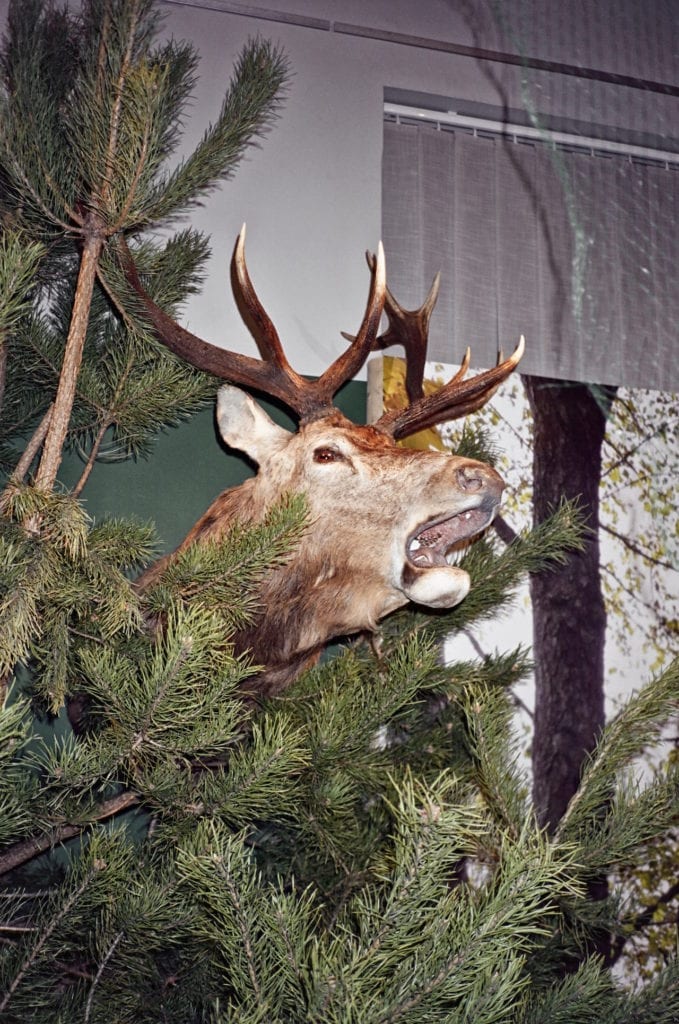
Most of his work is driven by the desire to record his surroundings in a deeply personal way, and his new project – Theory of R – marks an important transition in his life. Moving to Latvia’s capital, Riga, in 2011, he found the global economic crisis was creating a grim urban environment beneath the “shiny veneer” of the city’s tourist attractions.
“Half of the people of Latvia reside in Riga, and individuals who suffer from poverty and social exclusion are by no means an unusual sight on the capital’s streets,” he says.
Determined to show these desperate conditions, Stakle turned his lens on the impersonal Soviet architecture and slums of Riga; he avoided journalism, though, as he believes it often borders on propaganda. Instead, he presents a dark and critical “pictorial” response.
“In Latvia, art is still considered something that gives pleasure and leads the spectator on a meditative journey,” he says. “It is very rare that artists address socio-political issues.”
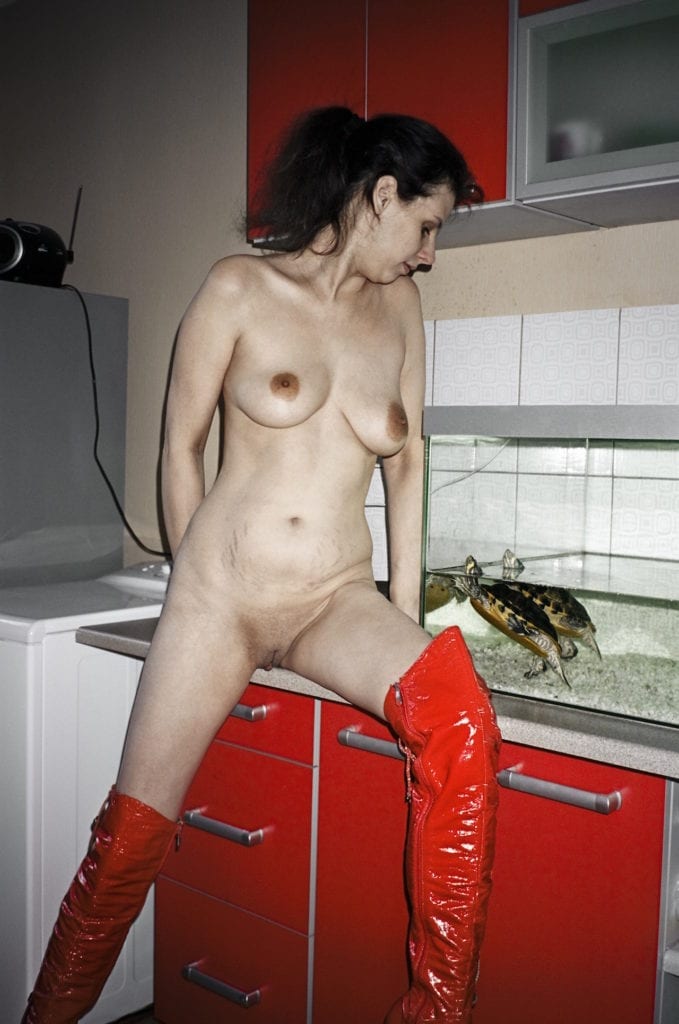
From the series Theory of R © Alnis Stakle
He’s not interested in creating a polemic with a fixed message and says he left the project free to evolve over time. “For me, it is important to leave room for the spectator’s and my own imagination,” he says, adding that he’s now editing the archive into a book.
alnisstakle.com FotoFest Kosice is open from 01-14 March. This article was first published in the May 2016 issue of BJP, which is available from thebjpshop.com
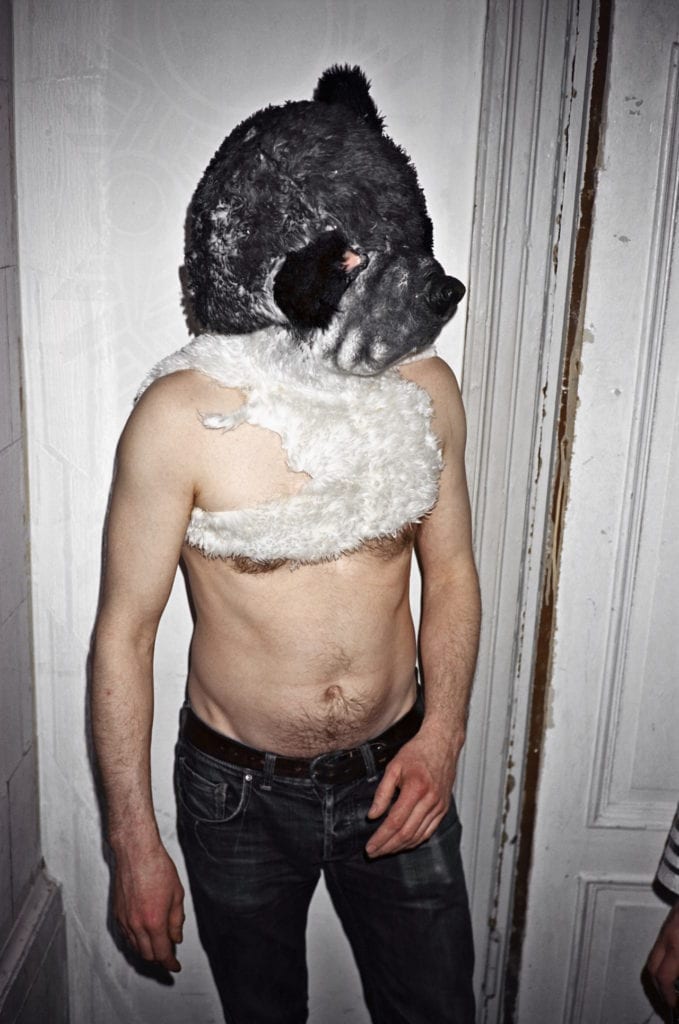
From the series Theory of R © Alnis Stakle 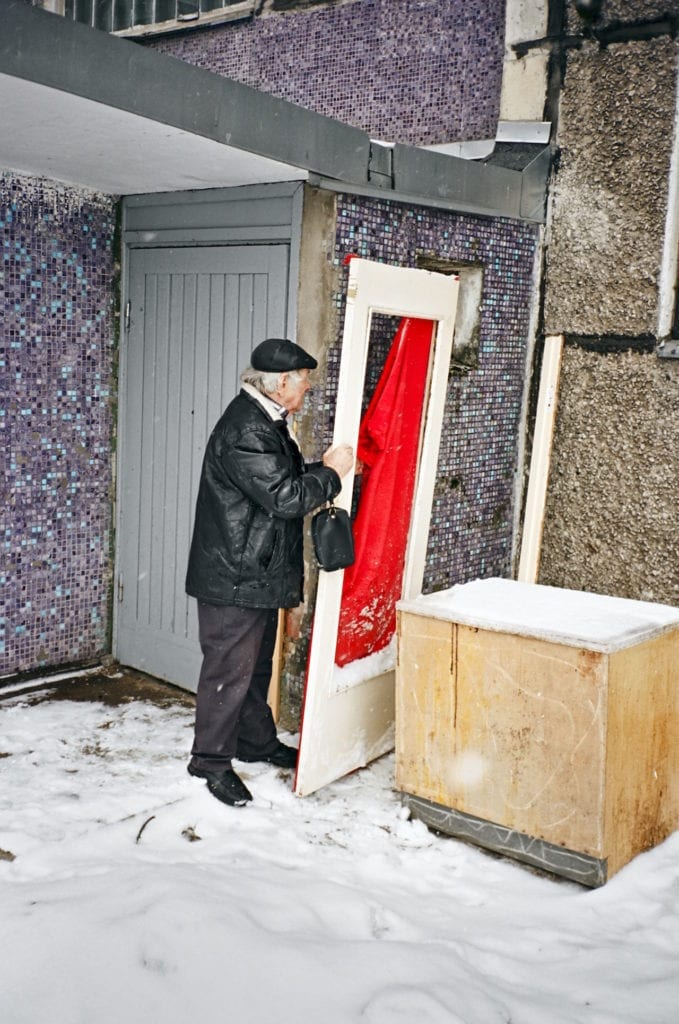
From the series Theory of R © Alnis Stakle 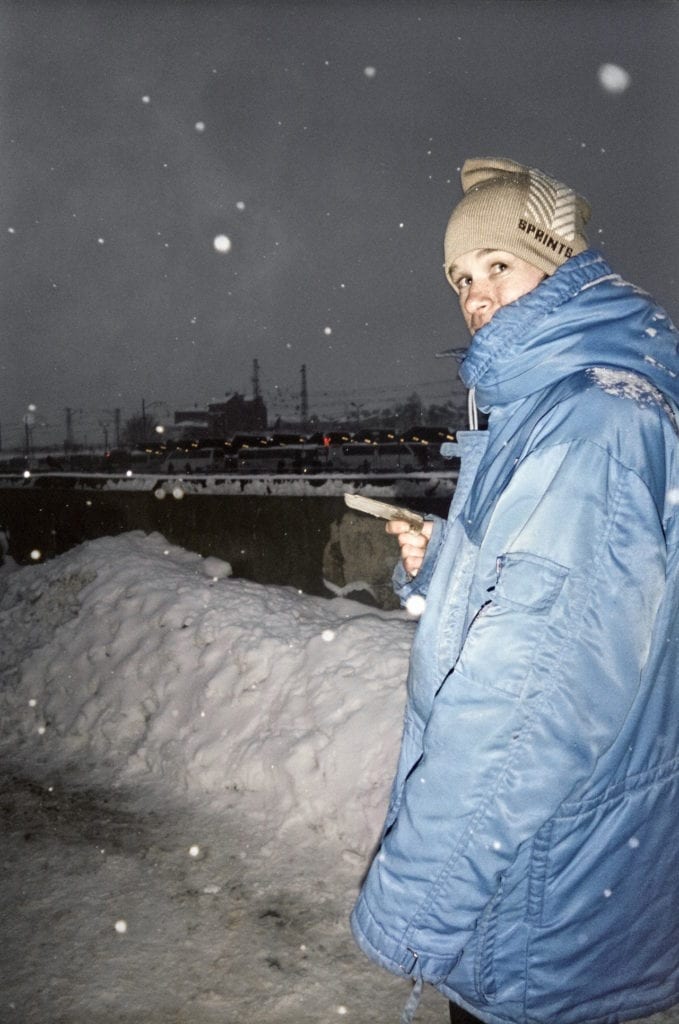
From the series Theory of R © Alnis Stakle 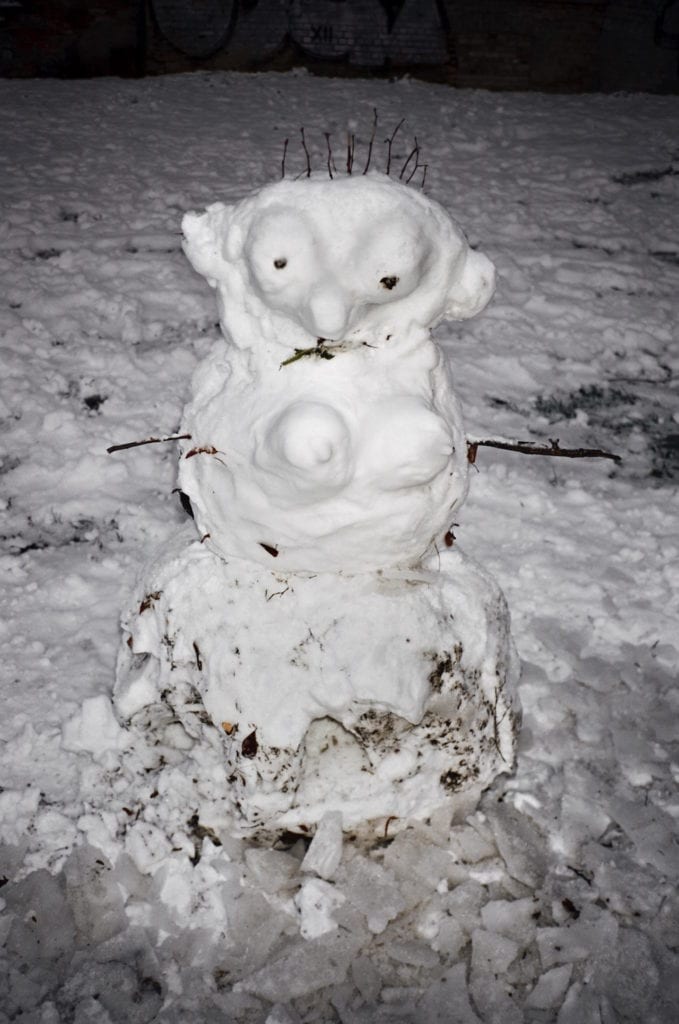
From the series Theory of R © Alnis Stakle
“Photography is a wonderful medium that makes me look at mundane things and events from another perspective, and enables me to grasp the essential in the meaningless,” he explains.

Most of his work is driven by the desire to record his surroundings in a deeply personal way, and his new project – Theory of R – marks an important transition in his life. Moving to Latvia’s capital, Riga, in 2011, he found the global economic crisis was creating a grim urban environment beneath the “shiny veneer” of the city’s tourist attractions.
“Half of the people of Latvia reside in Riga, and individuals who suffer from poverty and social exclusion are by no means an unusual sight on the capital’s streets,” he says.
Determined to show these desperate conditions, Stakle turned his lens on the impersonal Soviet architecture and slums of Riga; he avoided journalism, though, as he believes it often borders on propaganda. Instead, he presents a dark and critical “pictorial” response.
“In Latvia, art is still considered something that gives pleasure and leads the spectator on a meditative journey,” he says. “It is very rare that artists address socio-political issues.”

He’s not interested in creating a polemic with a fixed message and says he left the project free to evolve over time. “For me, it is important to leave room for the spectator’s and my own imagination,” he says, adding that he’s now editing the archive into a book.
alnisstakle.com FotoFest Kosice is open from 01-14 March. This article was first published in the May 2016 issue of BJP, which is available from thebjpshop.com




